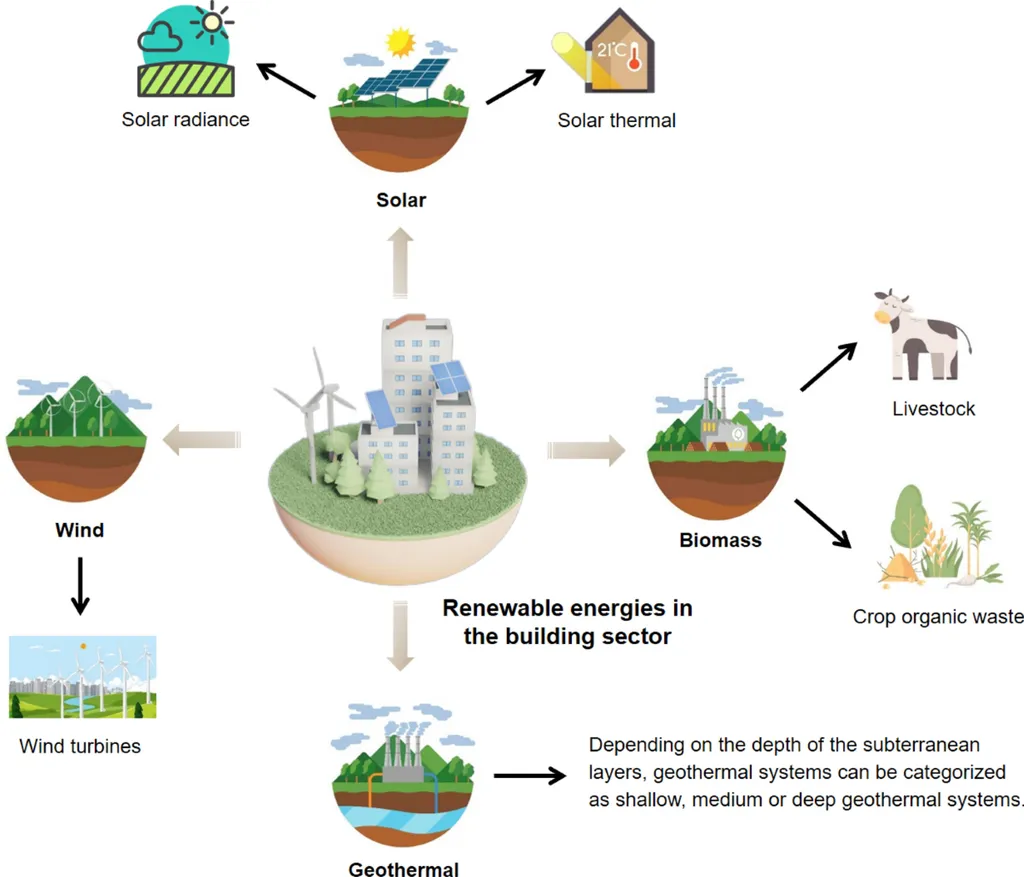In the quest to reduce global carbon emissions, a new study published in *Future Sustainability* offers a compelling roadmap that integrates renewable energy, urban planning, and green industry practices. Led by Sivajothi Ramalingam from the Department of Mathematics at Saveetha School of Engineering and the Department of Management Studies at R L Institute of Management Studies, the research underscores the necessity of a holistic approach to tackling carbon footprints. By emphasizing renewable energy alternatives like wind and solar, alongside sustainable urban planning strategies such as green roofs and electric vehicle use, the study highlights the interconnectedness of these strategies and advocates for cross-sectoral collaboration to drive sustainable development.
The study’s findings are particularly relevant for the energy sector, where the integration of renewable energy sources is becoming increasingly critical. “We need to move beyond siloed approaches and embrace a systems-thinking mindset,” Ramalingam explains. “Renewable energy alone won’t solve the problem; it must be part of a broader strategy that includes sustainable urban design and industrial transformations.” This integrated approach not only reduces emissions but also aligns economic growth with environmental sustainability, promoting a low-carbon economy.
One of the study’s key contributions is its examination of industrial transitions, focusing on carbon capture and storage (CCS) and circular economies. These practices are essential for reducing emissions in heavy industries, which have historically been significant contributors to carbon footprints. By adopting CCS technologies and circular economy principles, industries can significantly cut their emissions while maintaining productivity and profitability.
The research also provides practical recommendations for policymakers, urging the implementation of comprehensive, integrated strategies that balance ecological responsibility with economic growth. “Policymakers need to create an enabling environment for these transitions,” Ramalingam notes. “This includes providing incentives for renewable energy adoption, supporting sustainable urban planning initiatives, and fostering innovation in green technologies.”
To ensure robust decision-making, the study utilizes predictive modeling using Long Short-Term Memory (LSTM) neural networks to forecast CO₂ emissions trends. This tool can help stakeholders anticipate future challenges and opportunities, enabling proactive planning and strategic investments.
The implications of this research are far-reaching. For the energy sector, it underscores the need for a diversified approach that combines renewable energy with sustainable urban planning and industrial practices. For policymakers, it provides a clear roadmap for fostering a low-carbon economy. And for industries, it highlights the potential of circular economies and CCS technologies to reduce emissions without compromising economic growth.
As the world grapples with the urgent need to reduce carbon emissions, this study offers a timely and comprehensive framework for action. By embracing a holistic approach that integrates renewable energy, urban sustainability, and green industry practices, we can make significant strides toward a more sustainable future.

